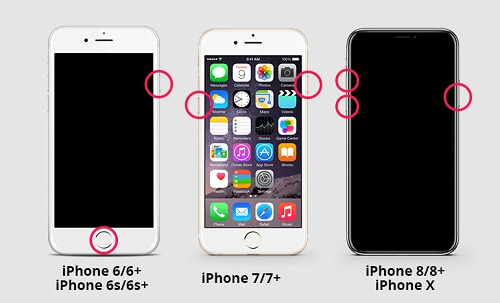

By Adela D. Louie, Last updated: January 29, 2023
One day, you were trying to install and update on your iOS device and then suddenly, you saw a message that says you have a restoring process of iCloud going on to your iOS device. And because of this, you can’t update until your iPhone is finished restoring from the iCloud.
Technically, the very first thing that you may do is to wait for the iCloud Restore to get done. However, as you are waiting, you have noticed that there is no iCloud restore going on to your iPhone device. Now, this can be annoying, right?
Do not worry, because, in this post, we are going to show you the solution that you can do on your device to stop this issue.
Method #1: Cancel Restoring Process from iCloudMethod #2: Restore Data from iCloud
Now, for you to be able to fix the concern you are having with your iOS device, here are the things that you need to do.
This method is considered to be the easiest and the simplest method to solve the issue with your iPhone device. To fix the iPhone can't update error, follow the steps below:
From here on, you will no longer see any progress on iCloud Restore and that you can now update your iPhone device.

Doing the first method above will allow you to hit on the “Install Now” button when you try to update your iPhone device. However, there are instances that some of your back-ups will not be able to restore on your iPhone once that you stop it. So if ever that you want to restore your whole backup file then you can do a factory reset and then restore your backup on your iPhone.
Just a reminder for you that if we are going to try this method, you have to make sure that you have a backup of all the data that you have on your iPhone device. If not, all of your data will be deleted and there will be no way for you to get them back.
If you wish to continue, go ahead and launch Settings on iPhone and then go to General. From there, tap on Reset and then choose Erase All Contents and Settings. After which, go ahead and tap the Erase the iPhone from the confirmation message that will appear on your screen.
One that you have made a factory reset on your iPhone device, it will then be automatically rebooted. And once that the device is up and running, then you will need to set up its Settings as if you are doing it the first time.
After setting up your iPhone device, you have to go to Apps & Data and then choose “Restore from iCloud & Backup” option. From there, you will be asked to log in to your iCloud account. Then tap on the Next button for you to continue.
Once that you were able to update your iCloud on your iPhone, the Terms and Condition will then show up on your screen. From here, just go ahead and tap on the Accept button from the lower right portion of your screen for you to proceed.
Mind you that it may take a few minutes for you to set up your Apple ID. But after you are done with that, you can go ahead and select a backup file from the list shown on your screen. Normally, users would be choosing the latest backup file made for them to get the data they have before doing the factory reset.
Once that the restoration process is complete, you can now see all of the apps and some other media that you have downloaded again to your iPhone device. From here, you can now get back all of the data from your iCloud backup file to your iPhone device easily and safely.
When you can’t update until your iPhone is finished restoring from the iCloud backup, you have to make sure that there is progress going on. Because if not, you will not be able to update your iPhone device to the latest version. So for you to be able to do this, just go ahead and choose from any of the methods that we have shown you above.
Those methods that we have shown you will solve the problem you are having with your iPhone device. Rest assured as well that data will be kept as long as you made a backup of them for you to restore in case that you may need to do a factory reset.
But just in case you have lost so many data from your iPhone device because of performing a factory reset, then you can make use of the FoneDog iOS Data Recovery tool for you to recover any data that you lost on your iPhone device. This tool is very easy to use and will surely get back those data that you have lost. Have this program on your computer and in case you need to restore data, then this tool will help you.
Leave a Comment
Comment
Hot Articles
/
INTERESTINGDULL
/
SIMPLEDIFFICULT
Thank you! Here' re your choices:
Excellent
Rating: 4.8 / 5 (based on 78 ratings)